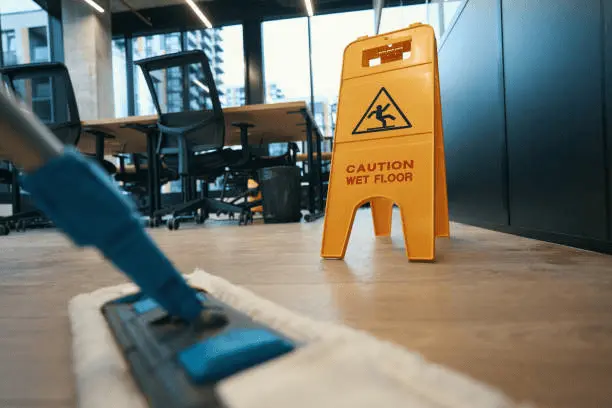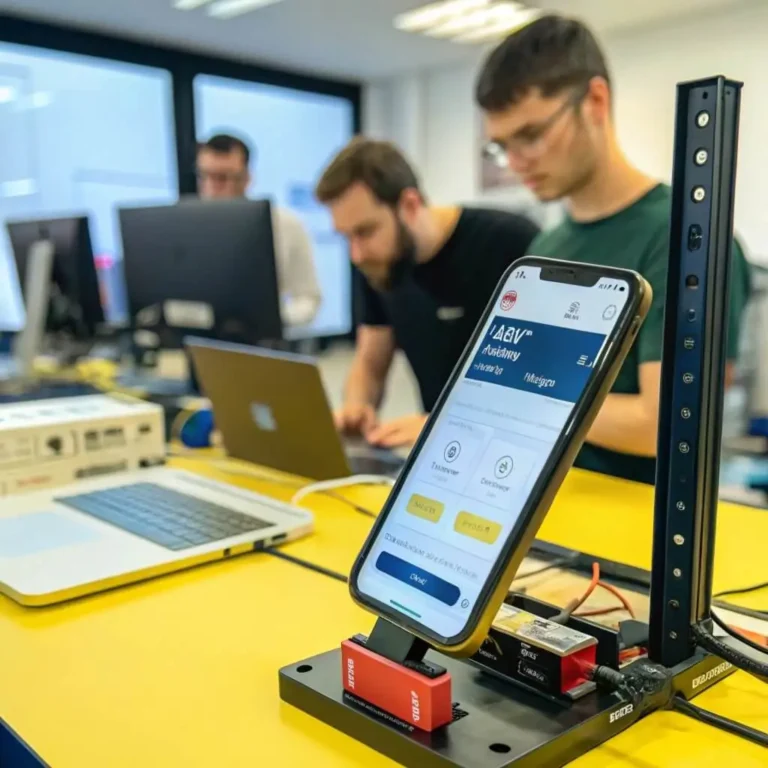
Mobile App Testing
Accessibility in mobile app development is no longer a luxury—it’s a legal mandate, a moral obligation, and a strategic advantage. Inclusive apps not only comply with regulations like the Web Content Accessibility Guidelines (WCAG) and Americans with Disabilities Act (ADA) but also cater to over a billion people globally living with disabilities.
For enterprises, ensuring accessibility means expanding their user base, fostering brand loyalty, and safeguarding their reputation. But achieving this level of inclusivity isn’t about quick fixes or retrofits—it’s about embedding accessibility into the mobile app testing lifecycle.
Let’s explore how enterprises can prioritize accessibility in mobile app testing by leveraging continuous testing solutions for enterprise and a proactive, user-centric approach.
What is Accessibility in Mobile Apps?
Accessibility in mobile apps ensures that users with diverse needs, including disabilities, can navigate and interact with the app seamlessly. These needs may include:
- Visual impairments: Color blindness, low vision, or complete blindness.
- Hearing impairments: Partial or total hearing loss.
- Motor impairments: Limited dexterity or coordination challenges.
- Cognitive impairments: Learning disabilities or memory challenges.
Failing to address accessibility excludes a significant portion of potential users and increases the risk of non-compliance penalties.
How to Prioritize Accessibility in Mobile App Testing?
1. Start Accessibility Early in Development
Accessibility shouldn’t be an afterthought. Incorporate it as a core principle in your app’s design and development phases. Retrofitting accessibility features after development can result in disjointed fixes that compromise user experience.
What to Do:
- Design with inclusivity in mind, ensuring that layouts and interactions accommodate assistive technologies.
- Use continuous testing solutions for enterprise to validate designs against accessibility standards early on.
2. Leverage Accessibility Testing Tools
Automated accessibility testing tools can identify issues at scale, simulating diverse user experiences to uncover barriers that manual testing may miss.
What to Do:
- Use tools that integrate into your mobile app testing pipeline to identify common accessibility issues like color contrast, text scaling, and screen reader compatibility.
- Pair automated testing with manual testing to catch nuanced issues, such as ensuring alt text conveys meaningful context.
3. Test with Real Users
Simulations are invaluable, but real-world feedback is irreplaceable. Collaborating with users who rely on assistive technologies can provide insights that go beyond automated results.
What to Do:
- Partner with accessibility advocacy groups or hire testers with disabilities to review the app.
- Conduct usability studies to observe how users interact with the app, identifying pain points and areas for improvement.
4. Focus on Key Accessibility Features
Certain features are non-negotiable for accessibility. Without these, users with disabilities may struggle to navigate the app or access its core functionalities.
What to Do:
- Ensure screen reader compatibility for all interactive elements.
- Allow users to resize text without breaking the layout.
- Provide sufficient contrast ratios for text and background (minimum 4.5:1 as per WCAG).
- Enable keyboard navigation and alternative input options, like switch controls.
5. Test Across Devices and Platforms
Accessibility features can behave differently across devices, operating systems, and platforms. Testing must account for this diversity to ensure a consistent experience.
What to Do:
- Use cloud-based device farms to test your app on a variety of devices, from budget to high-end models.
- Validate accessibility features across different Android and iOS versions, ensuring compatibility with varying hardware and software configurations.
6. Simulate Real-World Scenarios
Real-world conditions often introduce complexities that standard testing environments can’t replicate. Simulating these scenarios ensures your app is accessible under all circumstances.
What to Do:
- Use tools to mimic low-vision conditions or simulate different lighting environments.
- Test key workflows using screen readers and alternative input methods like keyboards or voice controls.
- Evaluate usability in scenarios involving limited dexterity or multitasking.
7. Monitor Compliance with Accessibility Standards
Staying compliant with global accessibility standards is essential for avoiding legal risks and penalties.
What to Do:
- Regularly review standards like WCAG 2.1, ADA, and the European Accessibility Act (EAA).
- Document accessibility efforts to showcase compliance during audits or reviews.
- Use testing tools to automatically assess compliance and flag deviations.
8. Train Your QA Teams
Accessibility testing requires a specialized skill set. QA teams must be equipped with the knowledge and tools to identify accessibility issues effectively.
What to Do:
- Provide training on accessibility guidelines and assistive technologies, such as screen readers and switch controls.
- Encourage QA teams to approach accessibility testing as a user-first initiative, rather than a checklist exercise.
9. Iterate Continuously Based on Feedback
Accessibility isn’t a one-time effort—it’s an ongoing commitment. Apps evolve, and so should their accessibility features.
What to Do:
- Create feedback channels for users to report accessibility issues.
- Regularly audit accessibility features, especially after major updates or new feature releases.
- Monitor app store reviews for user feedback related to accessibility.
The Role of Continuous Testing in Accessibility
Accessibility testing is an ongoing process, and continuous testing solutions for enterprise play a crucial role in maintaining compliance and usability. These solutions allow teams to:
- Automate repetitive tests across devices and platforms.
- Run tests continuously throughout the development lifecycle, ensuring accessibility features remain functional.
- Integrate testing into CI/CD pipelines, catching issues before they reach production.
By leveraging these tools, enterprises can streamline their mobile app testing processes and deliver inclusive, high-quality apps faster.
Conclusion
Accessibility in mobile apps is no longer optional—it’s a necessity. For enterprises, prioritizing accessibility in mobile app testing means more than meeting compliance standards; it’s about creating inclusive experiences that resonate with users and foster loyalty.
By starting accessibility efforts early, leveraging testing tools, involving real users, and adopting continuous testing solutions for enterprise, businesses can ensure their apps are accessible, functional, and future-proof.
When your app works for everyone, it doesn’t just meet expectations—it exceeds them. Inclusivity isn’t just good ethics; it’s good business.
Related Post: Where to Find Custom Signs and Vinyl Banners?





